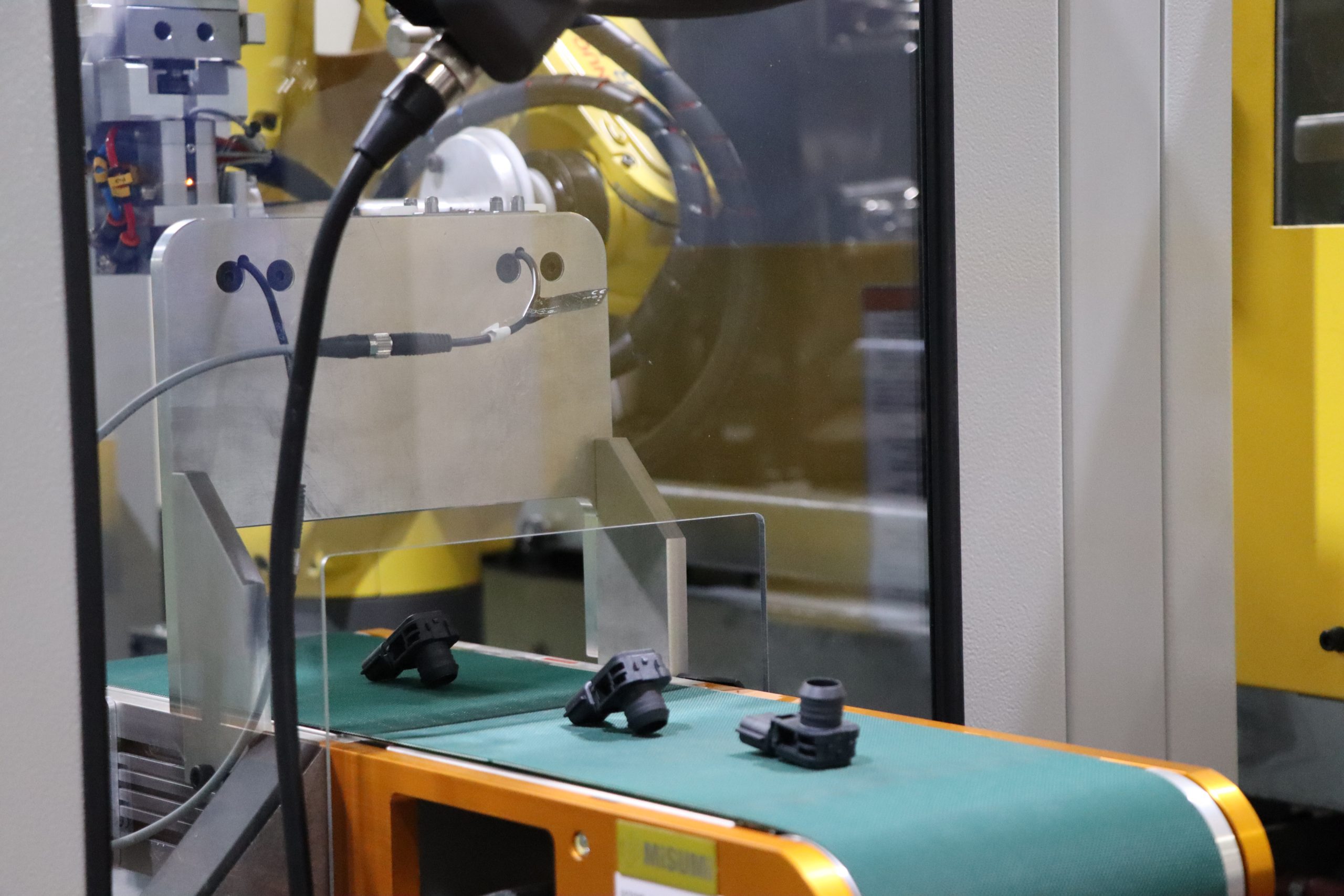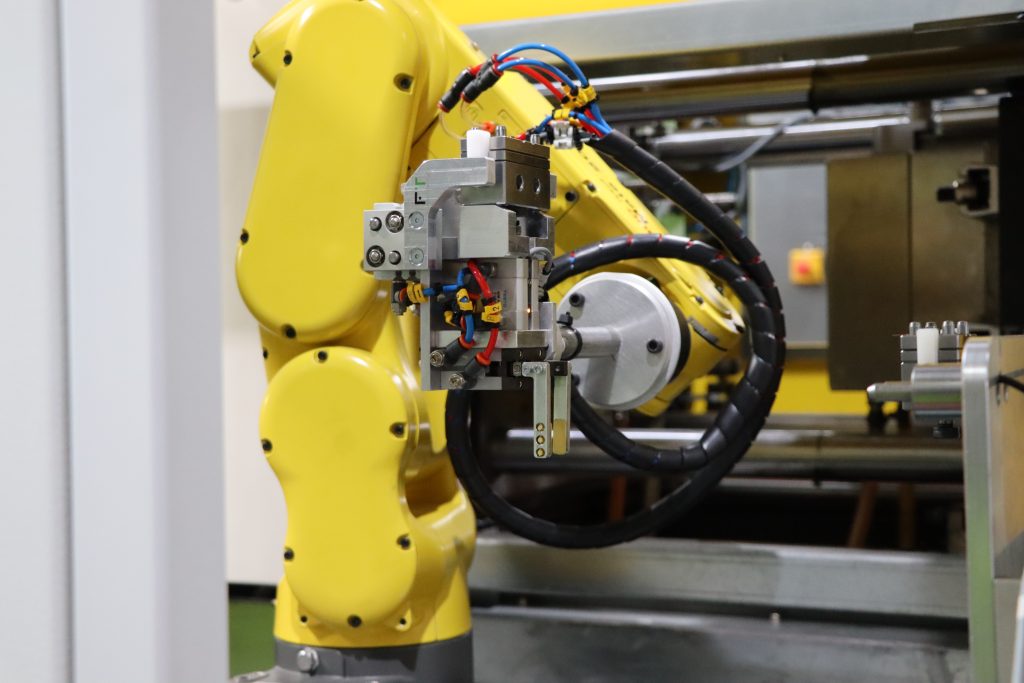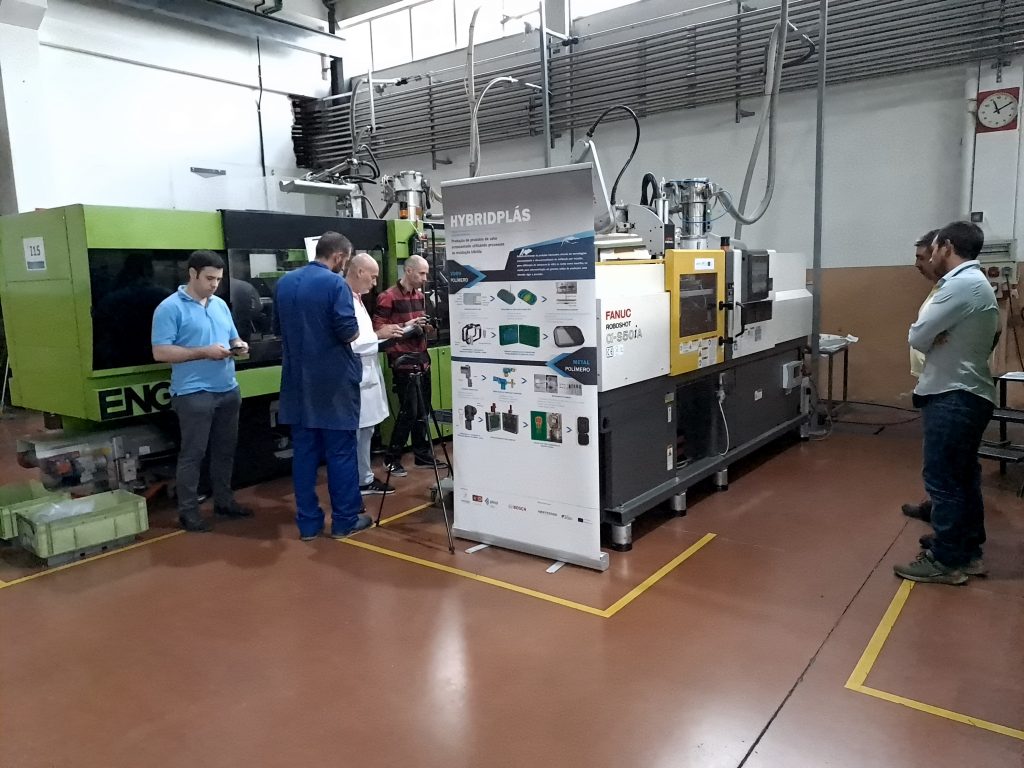
The plastics industry has continuously sought to develop new technological solutions with greater added value, focused on optimizing products and processes, together with reducing weight and the number of components, investing, for this reason, in innovative technology, rigorous quality control systems, as well as the elimination of manufacturing steps.
Hybrid injection molding technology presents itself as an approach capable of producing multi-component products, quite complex, in a single step and in a unified product. This technology has been increasingly used to replace conventional injection molding technology, for situations where there is a need to combine, in a single component, different materials with different properties, making the production process more efficient and reliable, thus reducing industrial costs.
The Hybridplás project, carried out by the consortium between the Centre for Innovation in Polymer Engineering (PIEP), Safiplás – Injecção de Plásticos Lda (Safiplás), and the University of Minho (UMinho), is an R&TD project financed by the European Development Fund (ERDF) through the Operational Program PO Norte.
This project is centered on two vectors of innovation: solutions for the overmoulding of metallic elements for technical parts with reduced dimensions and with dimensional tolerances of the order of +/- 0.05mm, in large production series; and conventional/non-conventional technologies of overmoulding by injection of glass elements with plastic.
The project is in its final stretch and the results are encouraging, since part of the objectives have already been achieved, and the first test was recently carried out, on the factory floor, of the automated production cell, capable of producing components with metallic inserts, with great precision and reliability. With this milestone, the first parts were obtained that will now be tested to ensure that all product quality requirements are in accordance with the specifications.
In the automated production cell, now tested, the entire process takes place without human intervention, allowing the possibility of errors and rejected parts to be virtually eliminated, as the process is interrupted if any step of the sequence is not performed correctly. This reliability of the process gives rise to enormous advantages, enabling a higher production rate, the improvement of the quality of the parts obtained, and also the reduction of rejected parts and consequently the waste of resources, namely metallic inserts, which have a high cost, given the requirement dimensional, of the same.
This is yet another case of success, in which the alliance of existing knowledge in Universities and Technology and Innovation Centers, with the capacity of Industrial entities, allow for a further step towards a more efficient and technological future.

Figure 1. Detail of the automated production cell

Figure 2. Cell in operation on the factory floor.
Acknowledgment
Work carried out within the framework of the HybridPlás project, (Proj.42954), financed by the European Regional Development Fund (ERDF) through the Operational Program PO Norte.

Authors:
Ricardo Freitas, PIEP – Pólo de Inovação em Engenharia de Polímeros
Miguel Figueiredo, Safiplás, Injecção de Plásticos Lda
António Pontes, Universidade do Minho
This article was initially published in Molde Magazine.

